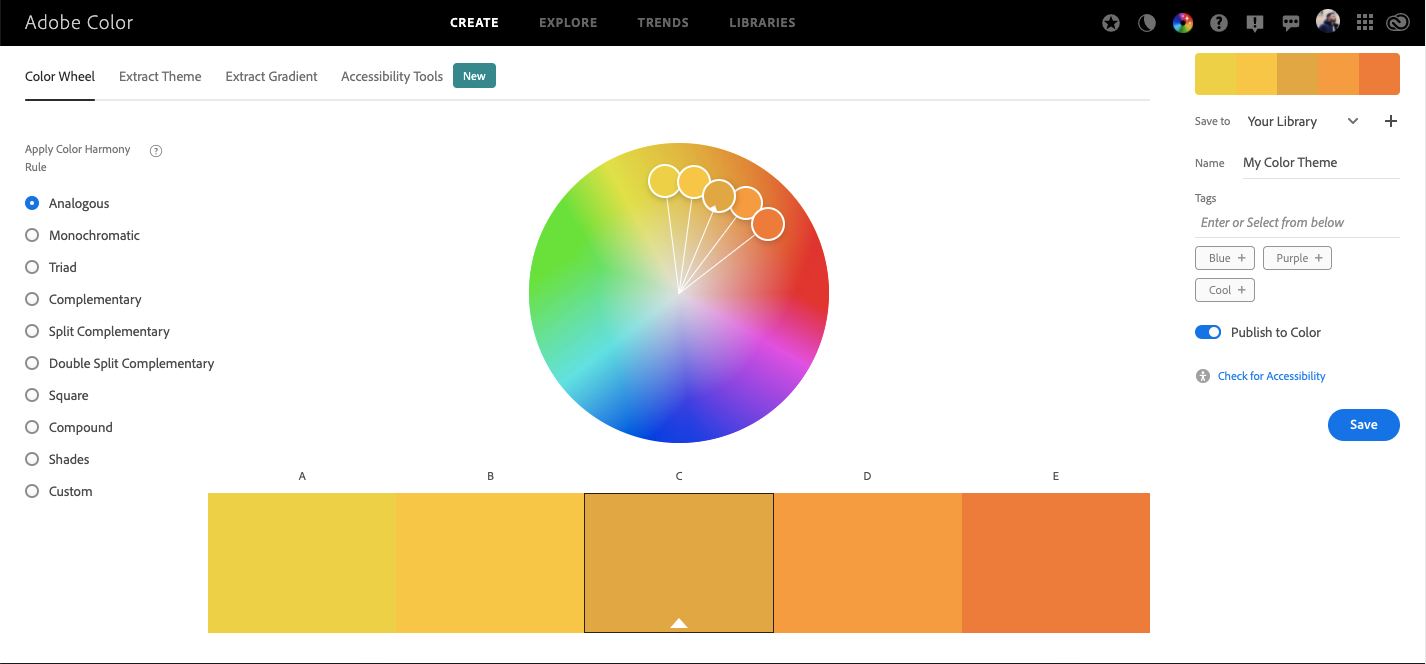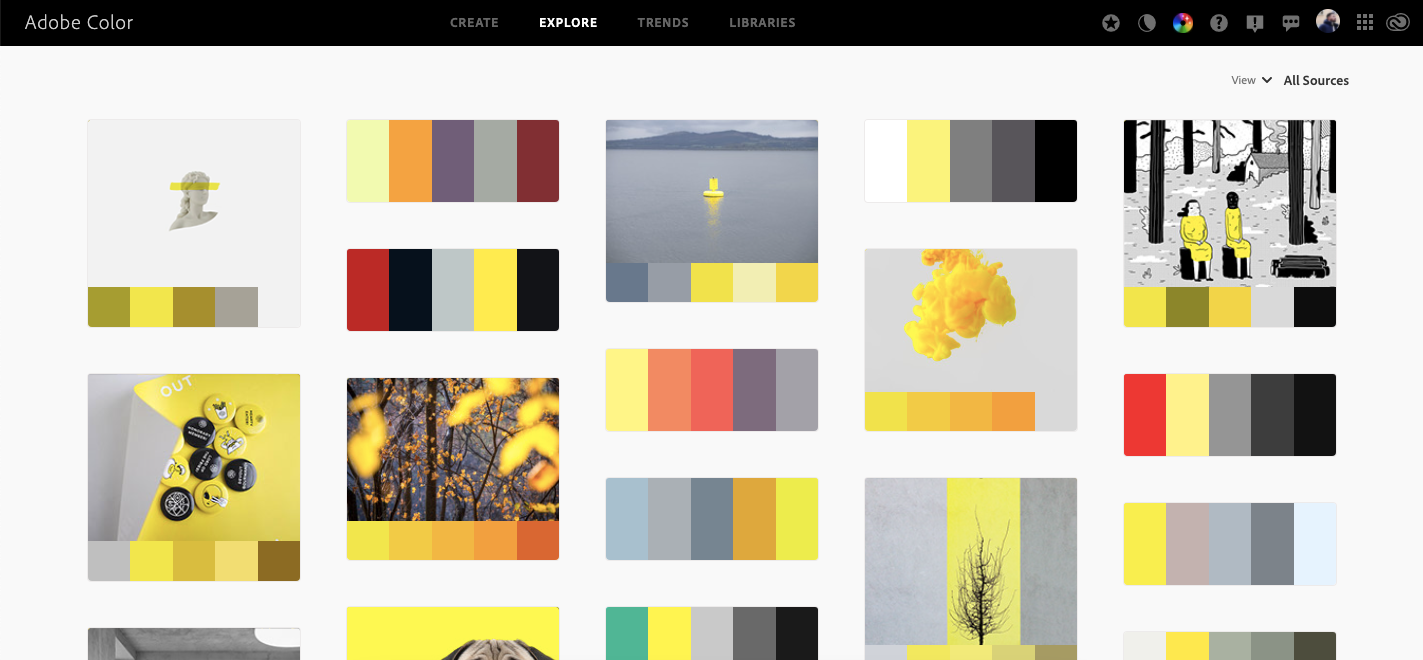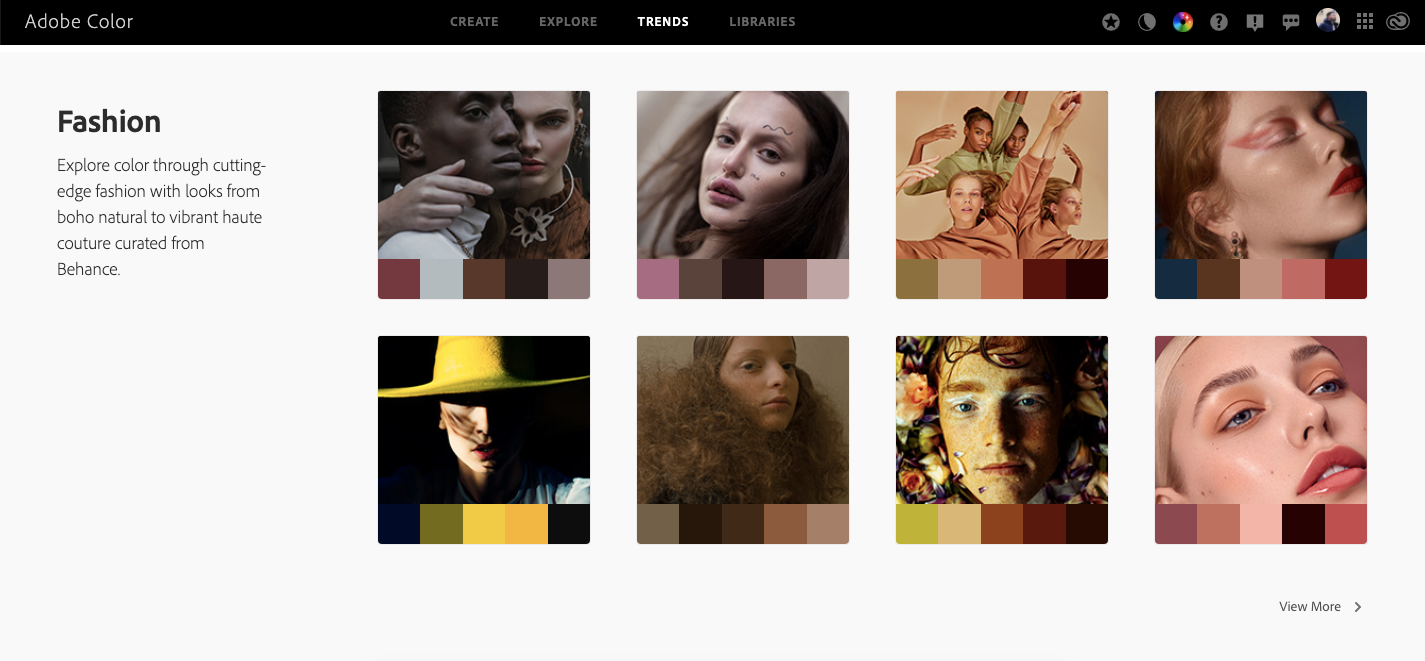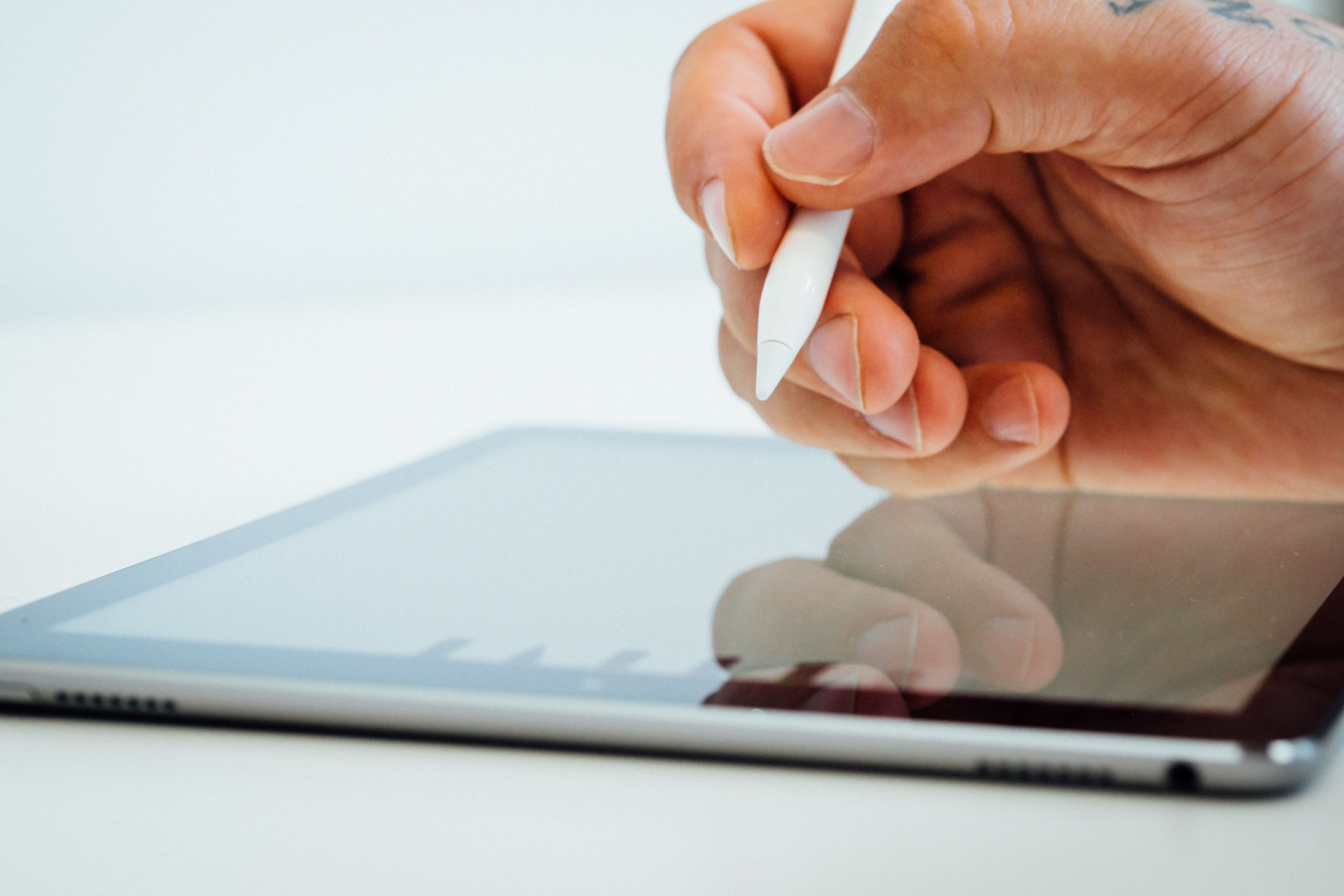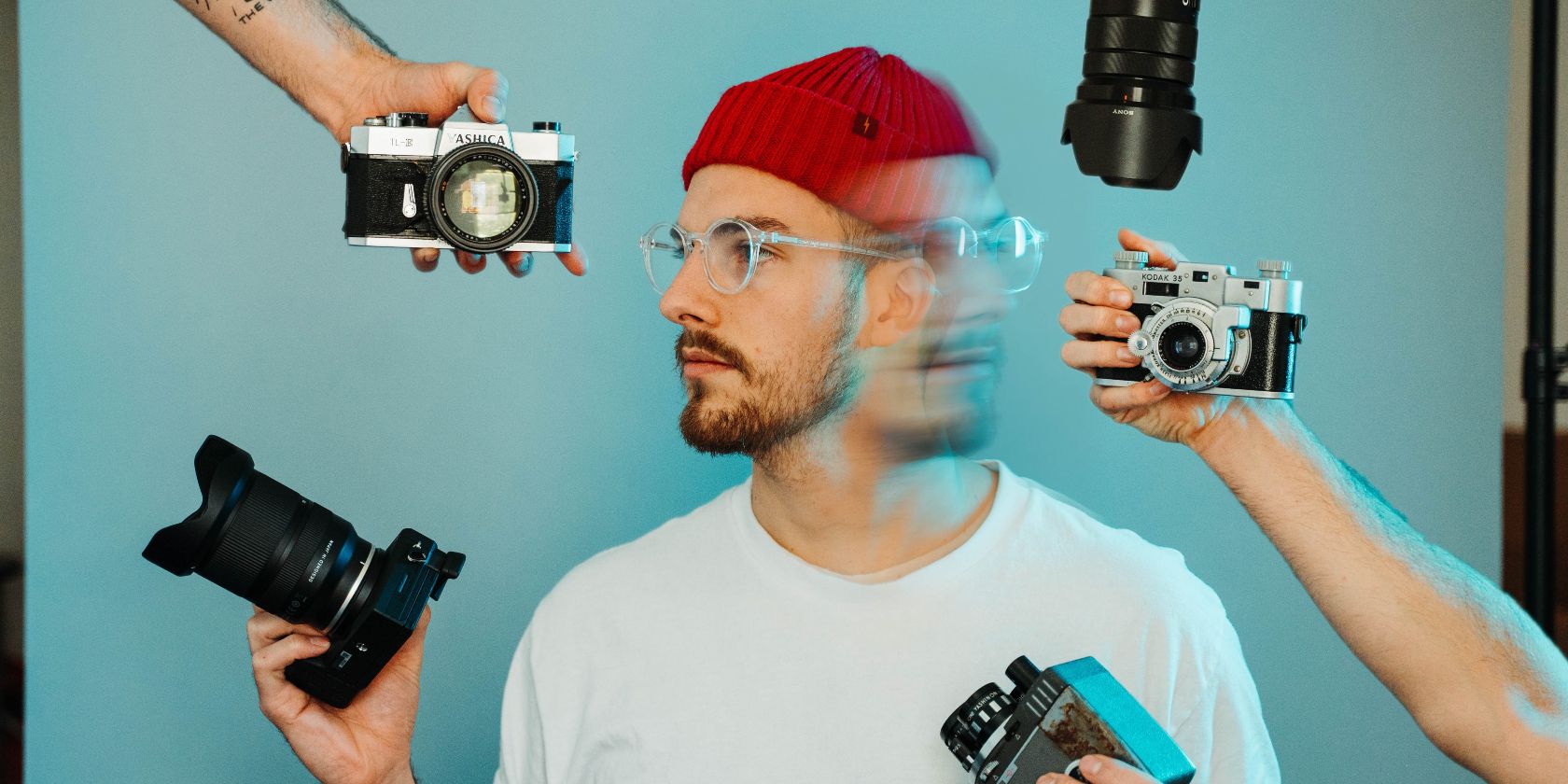Once you’ve been on a creative pursuit for a while, you’ll probably begin thinking about how you can take your work to the next level. Although the most important thing is to continue doing things that fulfill you, you’ll also need to introduce a little theory and strategy to your workflow.
If you’re a visual artist, one of the best ways to elevate your projects is by learning the basics of color theory. One tool that can help you think a little harder about this is Adobe Color.
This article will talk about what you can do with Adobe Color and the biggest benefits of using it.
What Is Adobe Color?
Adobe Color is a comprehensive and free online tool that breaks down colors that work harmoniously. The primary tool that most creatives use is the color wheel, which we’ll discuss in more depth shortly.
The solution is part of Adobe’s extensive Creative Cloud suite, which also includes Lightroom and Photoshop. Though you can’t download an independent Adobe Color app, you can access the website on desktop and mobile devices—as well as tablets.
What Can You Do With Adobe Color?
Now that you know a little more about what Adobe Color is, we can break down its best features. Below are the four main tools you can take advantage of as a creative.
Learn How Different Colors Work
Adobe Color has a comprehensive color wheel that lets you see how colors work together in several ways. The default is Analogous, which groups similar colors, such as different shades of blue or green. Monochromatic has a similar effect, and so does Shades.
With Adobe Color, you can see how seemingly opposite colors can work together. Complementary, Split Complementary, and Double Split Complementary all highlight this.
Using the wheel is pretty straightforward. All you need to do is select the split you’d like on the left-hand side before moving one of the circles to your preferred color.
Save Palettes
Once you’ve learned new ideas and theories, the best way you can succeed as a creative artist is by implementing them. If you’ve found a color combination that you think works well, saving these from Adobe Color is straightforward.
On the right-hand side of the Color Wheel tab, enter what you want to call the theme next to the Name tab. After that, click on the Save button. You can also create new libraries to divide your palettes by selecting the + button near the top of your screen.
If you’ve already got a photo or design where you think the colors look pretty cool, you can click on the Extract Theme tab. From there, drag or upload your file. When the colors are extracted, click Save.
Explore Other Users’ Color Combinations
Pretty much any experienced creative will know about those dreaded spells where you lack inspiration and motivation. Studying and exploring others’ work can help you discover new ideas and break through these plateaus.
With Adobe Color, you can discover what others are doing and find palettes that you otherwise might never have thought about trying. To do this, click on the Explore tab at the top of your page.
You’ll find plenty of color themes on the Explore tab by simply scrolling down. However, you can find more specific ones by typing certain terms into the search bar. Alternatively, uploading a picture from the Camera tab will enable you to find similar themes as well.
Gain Insight Into Industry Color Trends
Understanding what does and doesn’t work in your industry is crucial if you work with clients. You’ll often find photos online and in magazines that you like the look of but can’t figure out what attracted you to it; Adobe Color helps you answer that question.
When you select the Trends tab, you’ll see a breakdown of several categories—including fashion, travel, and architecture. Clicking on View More for any of these will show some of the best creations extracted from Behance, with a graph showing the colors used.
While hovering over any of the creations you see, you can either save the image to your device or add it to a library.
What Are the Benefits of Using Adobe Color?
So we’ve discussed the best tools you can use on Adobe Color; now, we can move on to identifying the biggest benefits of incorporating the platform into your strategy and workflow. Below, you’ll find the top three reasons that you should use Adobe Color as a visual artist.
Improve the Look of Your Images and Designs
The primary benefit of using Adobe Color is that you’ll enhance how your images and designs look with minimal effort. You can use the platform to organize your favorite themes before thinking about how you can include them in your own creations.
When you’re adding the finishing touches, you’ll also be able to refer to your saved themes and ensure that you get the desired result.
Think More Strategically About Your Creations
If you’re a professional photographer, videographer, or designer, you’ll know all too well that you cannot begin projects without prior planning—unless you want them to fare disastrously.
Minus technical problems like blur, one of the primary reasons you don’t like your creations is because the colors don’t work well together. And when a client says “we don’t know why, but it just doesn’t work”, that’s probably why.
Adobe Color can help you think more strategically about your projects before beginning them. Comparing and contrasting themes you think would work will save you a lot of wasted hours down the line.
Discover Inspirational Artists
Networking is crucial for long-term success in any professional field. And even if you don’t want to go full-time with your art, having a supportive community of like-minded people can help you stick with something when times are tough.
Adobe Color helps you discover people you might find inspirational on Behance, where you can later connect with them. Alternatively, you can follow these individuals on other social networks, like Instagram.
Connecting with inspirational artists is an excellent way to meet friends. Moreover, you can learn new tips and tricks that you might otherwise never have thought of.
Adobe Color Is an Excellent Tool for Creatives
YouTube, Instagram, and Pinterest can be fantastic sources of inspiration for visual artists. However, it’s sometimes difficult to explain why certain pieces of work resonate with you.
Adobe Color can help you put your ideas into practice by breaking down color theories and figuring out what works well in particular industries. It’s also free to sign up for, so why not give it a try?


